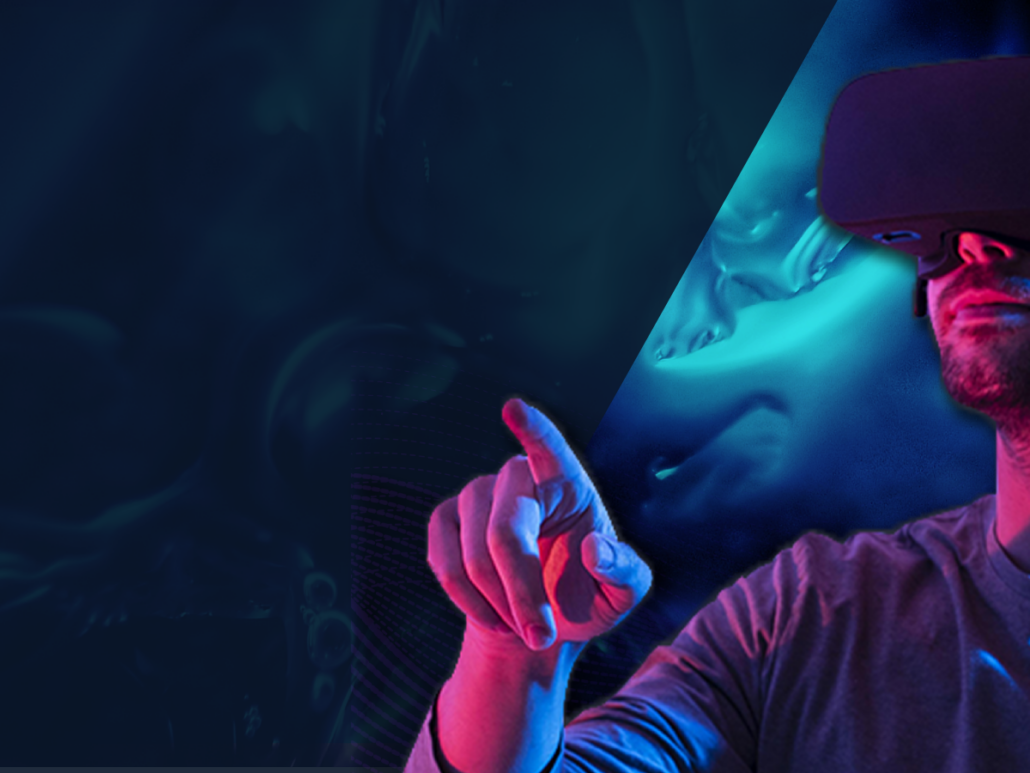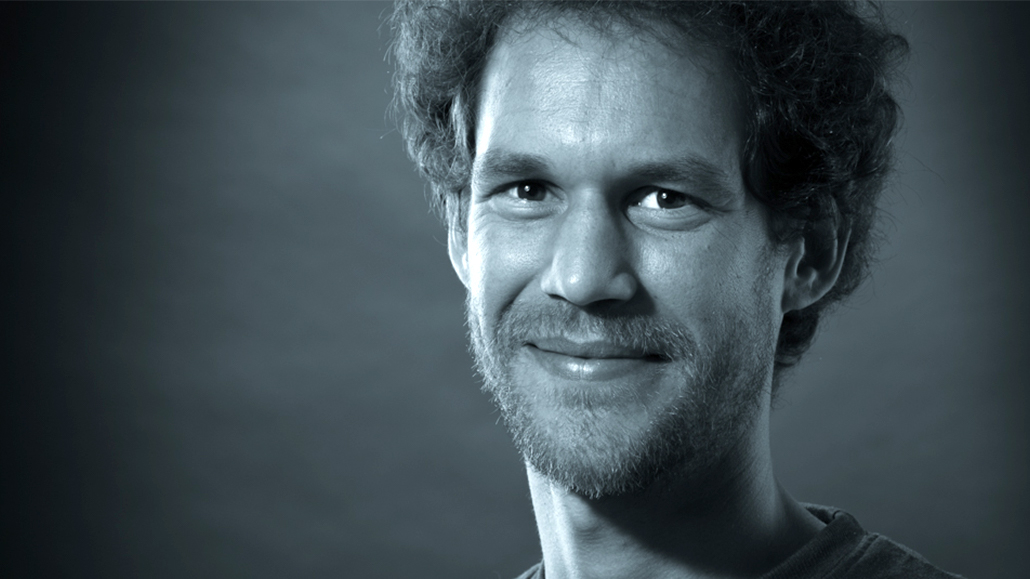
In the last post of our blog series “The Edge of Reality,” we went into more detail on the design of the entire experience of an XR application. On-boarding, storytelling, and ergonomic aspects played an essential role. In this part of our blog series, we delve into the hands-on experience of XR technologies in the industry.
Recognize areas of application of XR
The area of application of XR in the industrial sector is already broad. Reality is enriched by digital elements and users receive additional information through the virtual, audible, or tangible and are supported in their work process in the best possible way. In order to be able to use XR optimally, it is important to know which senses are used and what makes sense for the respective customer. The requirements must be clearly defined and the use cases worked out. Information is brought exactly where it is useful. XR must be used in a targeted manner and overstimulation prevented.
“A perfect mix of realities would be to open a real screw on a real machine and then insert a virtual part. Service technicians could always be present without ever being on site.
Due to the many possible uses, the question arises whether our reality will be mixed reality in the near future ?! “
Ulf Oberbichler, Managing Director, Alphagate
Training
One of the many possibilities is to use it for training. This can be done on an existing machine or even before a machine has been delivered. A format change can be trained with virtual parts on an existing machine. Users who are new or who do not yet feel safe with a machine can be optimally supported and guided through the use of XR. The application accompanies them through the individual steps of the work process until they know the machine. The use of XR has a great advantage, especially in times of Covid. If shift workers or even a whole shift are absent due to illness, other operators can step in, even if they do not know the machine or do not know the machine well enough.
“At first, using XR applications is a bit of fun, but that’s not the main thing.
At some point it becomes routine and the focus is on efficiency. XR will definitely be the future.
It’s coming and it’s getting more and more present. It will support operators, but not replace them! “
Klaus Feurstein, software developer, Alphagate
Operators do not need to carry notes, pens, and cameras with them for documentation purposes. It is automatically logged where the user was, what he saw and what the result of it is. Photos and checklists are automatically filed. This leaves more time for other work. It is easy to see how a batch was produced. Experienced users need a less detailed MR application and can use a tablet instead of data glasses to work through checklists. By locating alarms, users and service employees are guided directly to the source of the error and can then rectify this step by step.
Remote support
By using data glasses, you can work hands-free and remote support knows exactly what the user is seeing. This enables him to mark objects and provide support from a distance. If we go a step further, eye tracking makes it even easier for support. He sees exactly whether the operator is looking at the correct object and can correct it if necessary.
Maintenance of the XR application
An XR application is no more maintenance-intensive than ordinary visualizations. It is set once and can then be used immediately. When creating a recipe, additional spatial coordinates are added for the location and everything else then runs generically. For certain activities, there are standard objects that are implemented once. The activity (complaining, dismantling, taking photos, etc.), location, and additional information (images, videos, PDFs, instructions) are stored in a recipe and can be loaded.
“You shouldn’t lose sight of the fact that using the new technology will have a positive effect very quickly – in other words, a quick win.”
Johan Spets, Business Development, Alphagate
.
Added value with XR ?!
Is it just a nice gimmick and because the technology is available, is it actually used or is it actually used? When using new technology, it must of course always be taken into account that it has a positive effect on employee motivation. They need to be motivated and feel that the company is making an effort and doing something for them. The use of XR should have added value for the users. The data glasses are also protective glasses and additional information is displayed and work processes are thus supported. That would have an incentive for users and increasing acceptance.
It has to be an overall experience. At the moment it is still alien for users to interact with something that cannot be grasped. The operator’s acceptance must be there, as well as added value. “
Jürgen Mohr, Head of Innovation & Product Management, Alphagate
It always takes a healthy balance between reality and extended reality. Users must not be overwhelmed with information but should keep an overview and be optimally supported in their work processes. The use of XR in the industry must be carefully considered, otherwise it will remain a nice gimmick at the fair.
This article was written by
Katrin Greber UX/UI Design
September 7, 2021







